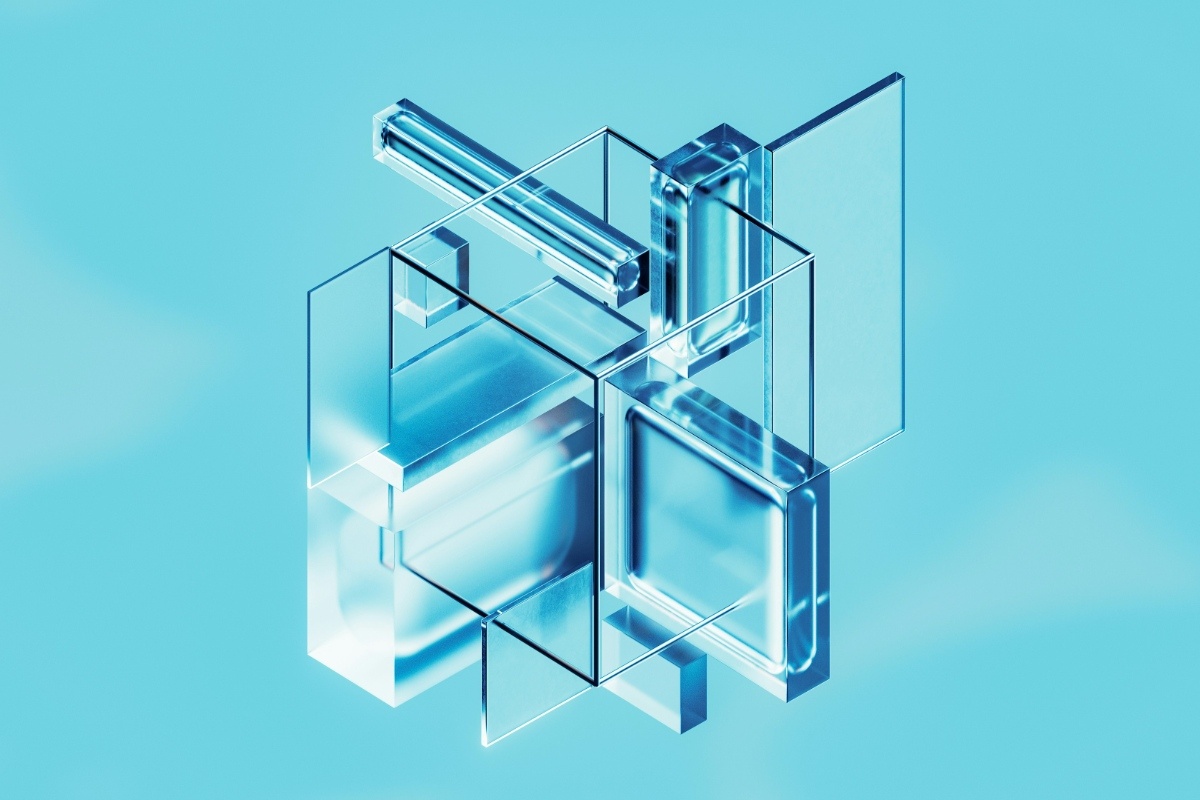Businesses are under constant pressure to enhance agility, reduce costs, and deliver faster innovation. Yet, many are still operating with outdated systems that limit growth. This is where legacy system modernization services play a crucial role by transforming legacy architectures into scalable, cloud-ready solutions that drive measurable ROI. As enterprises increasingly adopt modernization platforms, the financial and operational benefits are becoming clearer through real-world data and performance analytics.
Return on Investment (ROI) in modernization isn’t only about cost savings, it measures how modernization impacts speed, innovation, customer experience, and long-term sustainability.
According to a 2024 IDC report, organizations that modernized key systems experienced an average 35% improvement in operational efficiency and a 25% reduction in infrastructure costs within the first year.
Modernization also enables faster time-to-market, unlocking new revenue opportunities that contribute to business scalability and competitive advantage.
Legacy systems often require extensive maintenance and manual updates. By adopting a robust application modernization platform, businesses automate these processes, significantly lowering ongoing operational costs.
Modern architectures enhance application speed, minimize downtime, and ensure seamless scalability. Studies show that companies upgrading from monolithic systems to microservices experience 40% faster response times on average.
With advanced application modernization solutions, organizations can proactively manage vulnerabilities, implement zero-trust frameworks, and maintain compliance with industry regulations like ISO and GDPR all of which contribute to risk reduction and cost efficiency.
Modernized systems support rapid deployment cycles and enable integration with emerging technologies such as AI, IoT, and machine learning. This translates into quicker product launches and improved market adaptability.
The financial gains from modernization extend beyond reduced expenses. Forrester’s 2024 research found that companies using modernization software reported:
These numbers show how modernization can boost overall business efficiency, translating directly into tangible ROI.
AI-driven modernization tools analyze code dependencies, automate refactoring, and provide predictive insights on performance optimization. These intelligent features reduce human intervention, cutting both time and cost.
In fact, enterprises implementing AI in modernization workflows saw a 45% improvement in transformation speed and a 28% increase in cost efficiency, according to McKinsey’s 2025 digital modernization survey.
A successful modernization initiative tracks both tangible and intangible returns. Key metrics include:
By combining these metrics, enterprises can calculate a true ROI that reflects not just savings, but long-term value creation.
A U.S.-based insurance firm modernized its legacy claims processing system using an AI-driven platform. Within 12 months, it reported:
This real-world example highlights how modernization directly contributes to operational excellence and long-term profitability.
As modernization platforms become more intelligent, enterprises are realizing that this transformation is not an IT expense but a strategic investment. IDC predicts that by 2026, over 70% of organizations will integrate AI into their modernization roadmaps, unlocking new digital opportunities and sustainable ROI.
Modernization is no longer optional, it's a business imperative. By adopting advanced application modernization solutions, organizations can reduce costs, enhance agility, and future-proof their operations. When done strategically and data-backed, modernization delivers measurable ROI that drives lasting digital transformation.
1. What factors determine the ROI of application modernization?
The ROI depends on reduced maintenance costs, improved performance, enhanced security, and accelerated innovation through automation and AI integration.
2. How do legacy system modernization services contribute to business growth?
They replace outdated architectures with modern frameworks, enabling scalability, faster releases, and integration with advanced digital tools.
3. How long does it take to see ROI from modernization initiatives?
Most enterprises start seeing measurable ROI within 6 to 12 months after implementation, depending on project scope and system complexity.
4. What’s the difference between application modernization software and platforms?
Modernization software offers automation and analysis tools, while platforms provide end-to-end modernization capabilities, including migration, refactoring, and optimization.
5. What trends will shape modernization ROI in 2025 and beyond?
AI-driven automation, low-code modernization, and cloud-native development will continue to improve ROI and reduce time-to-value.





